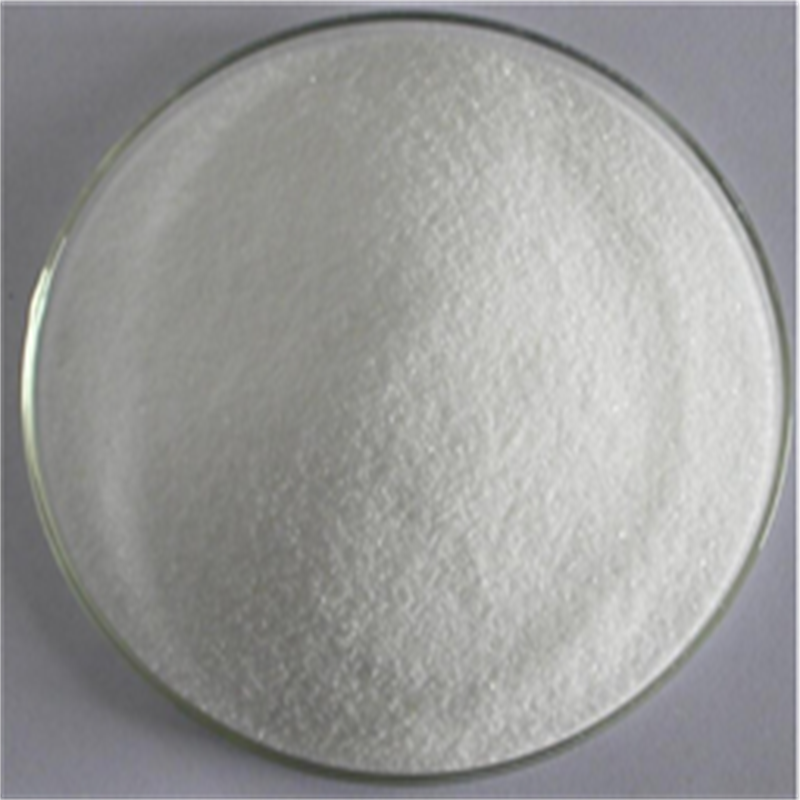-
Categories
-
Pharmaceutical Intermediates
-
Active Pharmaceutical Ingredients
-
Food Additives
- Industrial Coatings
- Agrochemicals
- Dyes and Pigments
- Surfactant
- Flavors and Fragrances
- Chemical Reagents
- Catalyst and Auxiliary
- Natural Products
- Inorganic Chemistry
-
Organic Chemistry
-
Biochemical Engineering
- Analytical Chemistry
-
Cosmetic Ingredient
- Water Treatment Chemical
-
Pharmaceutical Intermediates
Promotion
ECHEMI Mall
Wholesale
Weekly Price
Exhibition
News
-
Trade Service
Background and Objectivepostoperative pain lasts longer than the first few weeks of tissue healing period, is a major predictor of chronic pain and can lead to severe disability and continued use of opioid analgesicsThe purpose of this study is to explore whether postoperative complications increase the risk of persistent postoperative painthis study included patients undergoing various elective surgeries at U.Sacademic referral centers between September 2013 and May 2017The results obtained from the patient's self-report were corrected by multivariate logic regression to correct the mixed variables and patient-specific risk factors to verify the independent correlation between any major postoperative complications and functionally restrictive persistent pain for 1 to 3 months after surgeryresultsthis cohort study included a total of 11986 adult patients; 13.3% (95% CI 12.7 to 14.0) patients reported at least one complication (cardiovascular, respiratory, kidney/
stomachintestinal, trauma,thrombosisor nerves), and 19.7% (19.0 to 20.5%) of patients reported persistent postoperative painAfter excluding known risk factors, patients who reported postoperative complications were twice as likely to report persistent postoperative pain (OR 2.04; 1.78 to 2.35)Complications can also independently predict postoperative persistent pain (OR 1.95; 1.26 to 3.04) when complication data are extracted from the National Surgical Quality Improvement Program Registry rather than from the patient's self-report conclusion the increase of functional restrictive pain for 1 to 3 months after surgery was 2 times higher, which was associated with the occurrence of medical complications Understanding the mechanism of the link between complications and pathological persistent pain can help to further study the treatment of postoperative persistent pain







